Figures & data
Figure 1. Evapotranspiration includes plant transpiration, canopy interception evaporation, and soil evaporation (downloaded from https://science.nasa.gov/earth-science/oceanography/ocean-earth-system/ocean-water-cycle/).
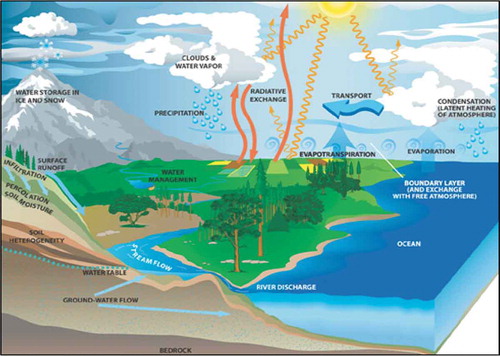
Figure 2. Land evapotranspiration consists of transpiration from vegetation and evaporation from water day, wet leaf, and soil.
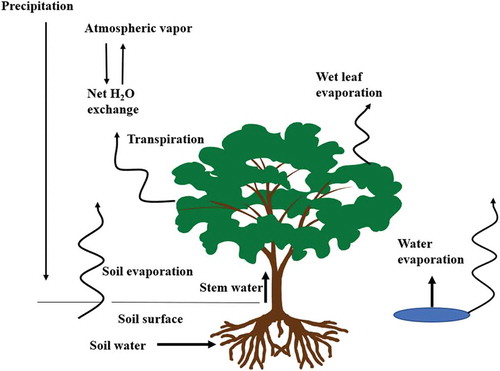
Figure 3. A map of FLUXNET sites and climate (Koppen-Geiger classification) (Figure is adopted from Wang & Dickinson (Citation2012), i.e. downloaded from http://www.fluxnet.ornl.gov/fluxnet/graphics.cfm).
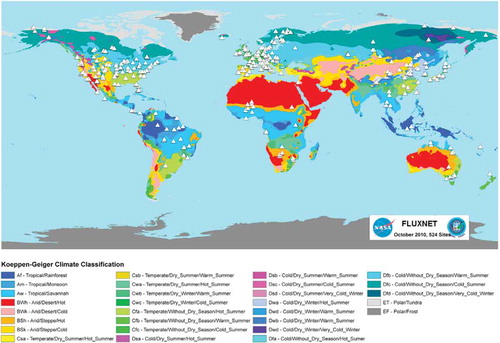
Figure 4. Summary of tower sites that are registered in FLUXNET (closed bars) and included in the FLUXNET2015 Dataset (open bars). “Registered sites” represent sites that have been registered in fluxdata.org, FLUXNET-ORNL, AmeriFlux, ICOS, AsiaFlux, OzFlux, or ChinaFlux. Sites are grouped by regions (b-g) and vegetation classification (h-n) (IGBP: International Geosphere–Biosphere Programme). Forest: ENF+DBF+EBF+MF, Grassland: GRA, Cropland: CRO+CVM, Wetland: WET, Shrubland: OSH+CSH, Savanna: SAV+WSA, Other: BSV+URB+WAT+SNO (last updated in February 2017) (figure downloaded from https://fluxnet.fluxdata.org/sites/site-summary/).
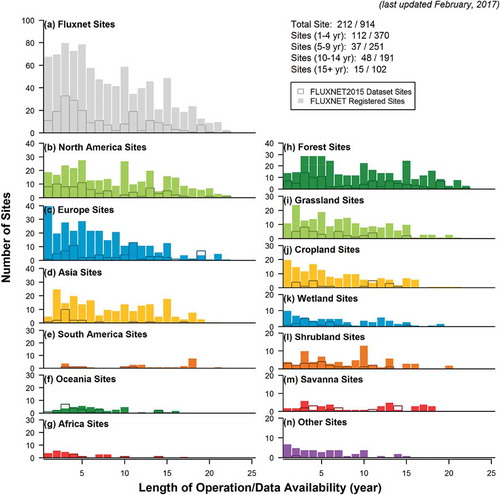
Figure 5. Distribution of FLUXNET sites across temperature and precipitation ranges (a.k.a., Whittaker’s biome classification), compared to land surface from the terrestrial globe. The length of the record of sites is represented in the circle sizes and colors (a-c). Panel (a) shows the sites included in the La Thuile 2007 Dataset; panel (b) shows the sites included in the FLUXNET2015 Dataset; panel (c) shows all sites present in FLUXNET; and, panel (d) compares the distribution of land surface, FLUXNET sites, and sites in the FLUXNET2015 Dataset across these temperature-precipitation ranges. (Pastorello et al., Citation2017, EOS) (Figure downloaded from https://fluxnet.fluxdata.org/about/).
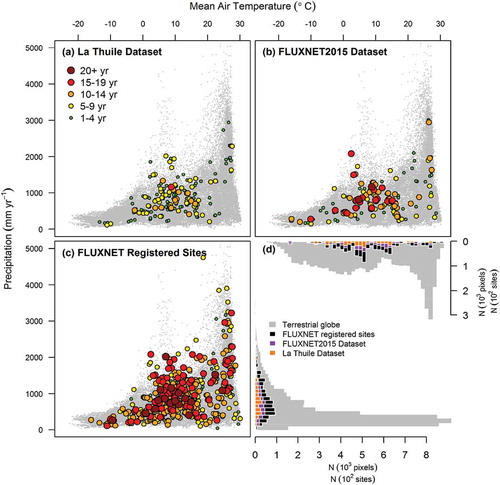
Figure 6. Global evapotranspiration (mm d−2) for a single day at 1 km resolution for PT-JPL from MODIS (Fisher, Citation2018).
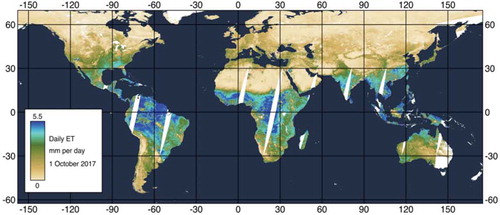
Figure 7. The spatial patterns of the mean annual AET with MTE observation, BESS and MODIS estimates over 2001–2011.
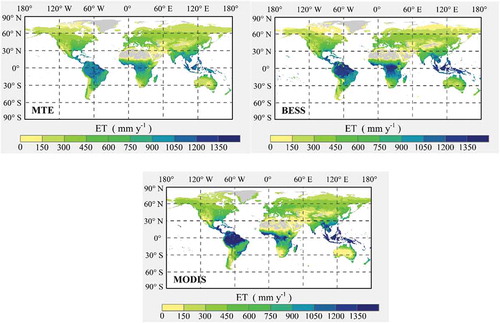
Figure 8. The error in ET estimates for the PT-JPL model is sensitive to driving variable errors, adopted from Fisher et al., Citation2017).

Figure 9. Flow chart showing data processing stream for the PT-JPL SM model (Purdy et al., Citation2018).
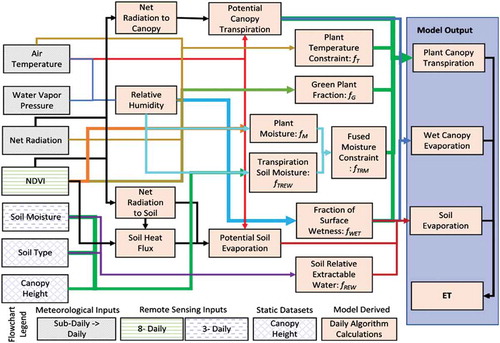
Figure 10. Evapotranspiration components as expressed as a percentage of total ET. Red indicates more soil evaporation, blue indicates more transpiration, yellow indicates more canopy interception evaporation. Below, total contribution to annual ET from transpiration, soil evaporation, and interception (Modified from Purdy et al., Citation2018).
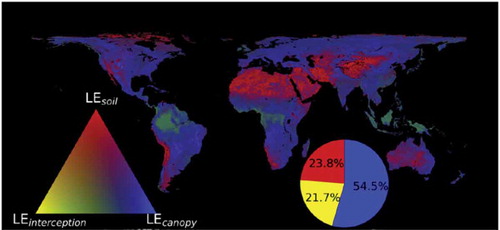
Figure 11. Water budget processes of cropland in the RS-WBPM2 model, where F(1) denotes the water infiltrated from the soil surface to soil layer (1), F(2) and F(3) denote the water percolated from the upper layer to soil layers (2) and (3), respectively, and swla (1), swla (2), and swla (3) denote the water loss of soil layers (1), (2), and (3), respectively, by transpiration (Edry c) (Bai et al., Citation2018).
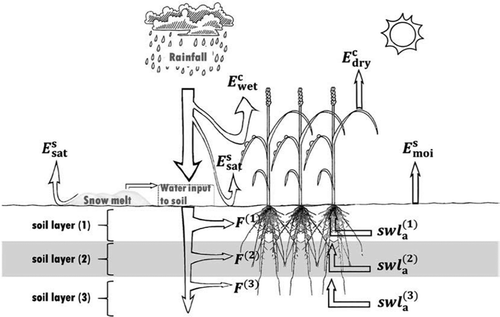
Table 1. Summarize for the global ET estimates.
Figure 12. Distribution of global trend of ARTS ensemble average ET and its significance of linear trend for period of (a, b) 1982–2011, (c, d) 1982–1997, and (e, f) 1998–2011, respectively (Yan et al., Citation2013).
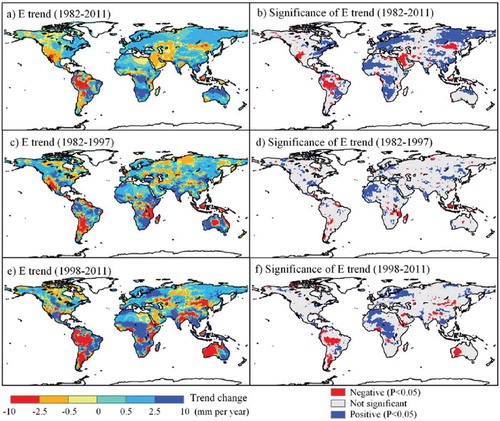
Figure 13. Soil-moisture and ET trends. Significant (P,0.1) soil-moisture trends derived from TRMM (a), significant (P,0.1) ET trends from MTE (b) and mean ET and soil-moisture anomalies (seasonal cycle subtracted and filtered with an 11-month running mean) of all valid pixels of the TRMM domain (c). For consistency and improved comparability, regions without data in either MTE (non-vegetated areas) or TRMM soil-moisture data (very dense vegetation) are blanked in the trend maps of a and b. (Jung et al., Citation2010).
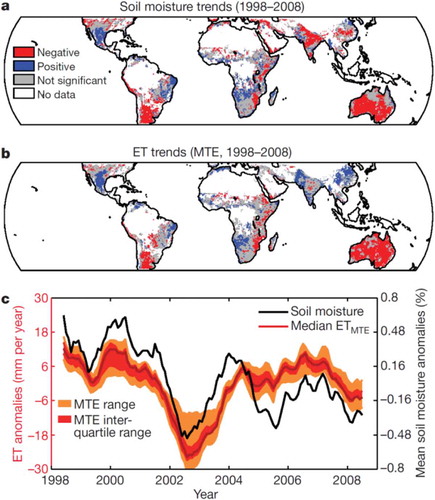
Figure 14. A schematic of an ecosystem experiment designed to measure transpiration and evaporation from soil and intercepted water using multiple complementary measurement approaches (Stoy et al., Citation2019).
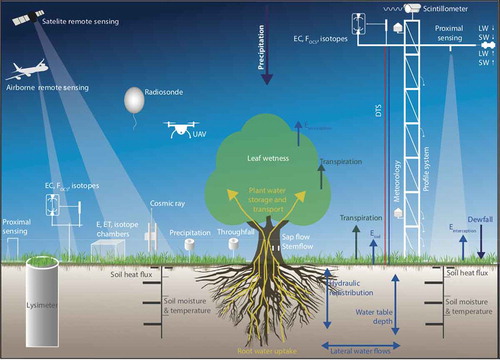
Table A1. Variables symbol list in this paper.
